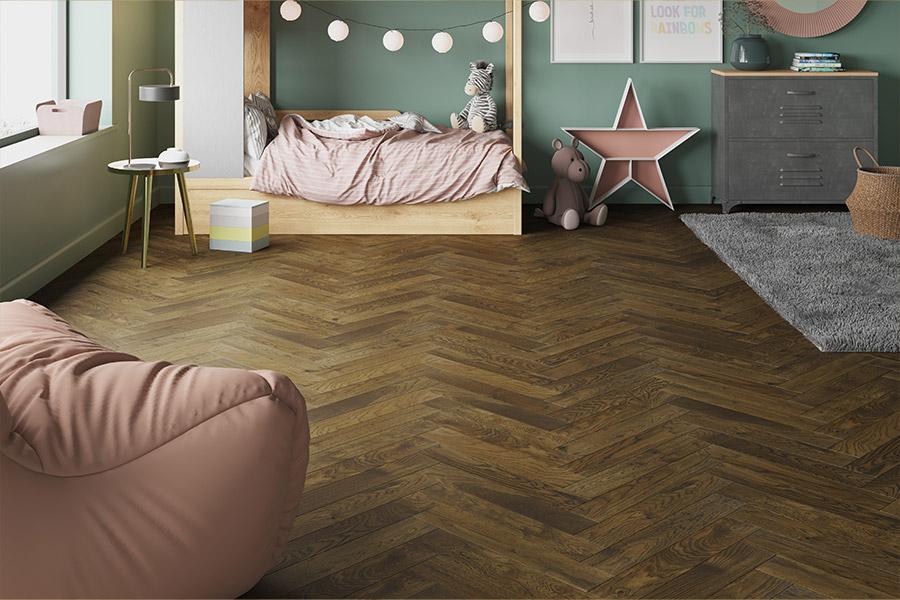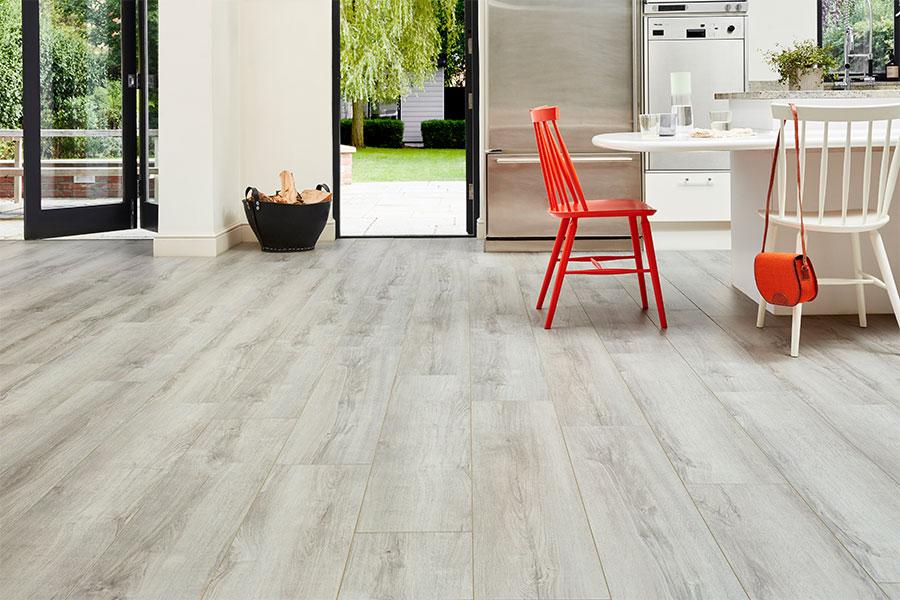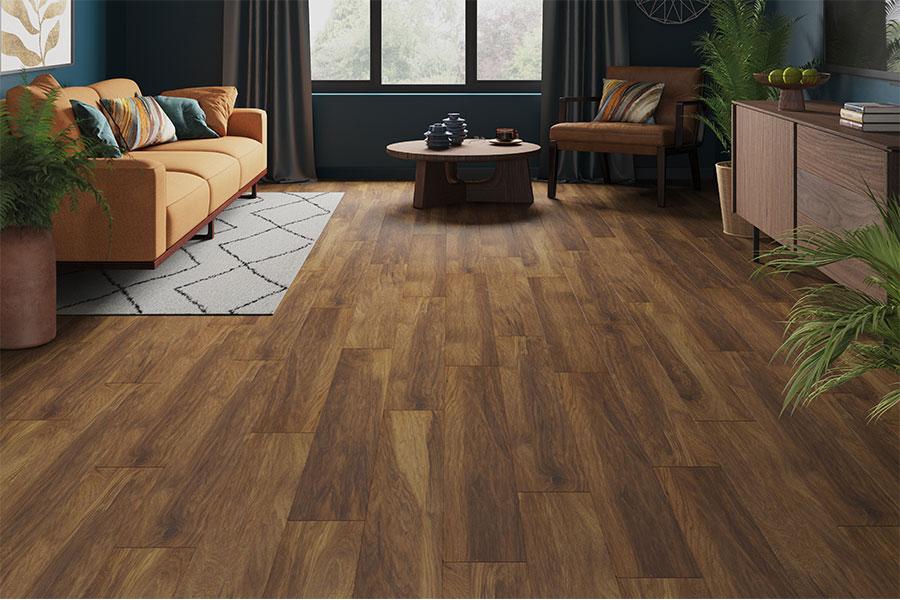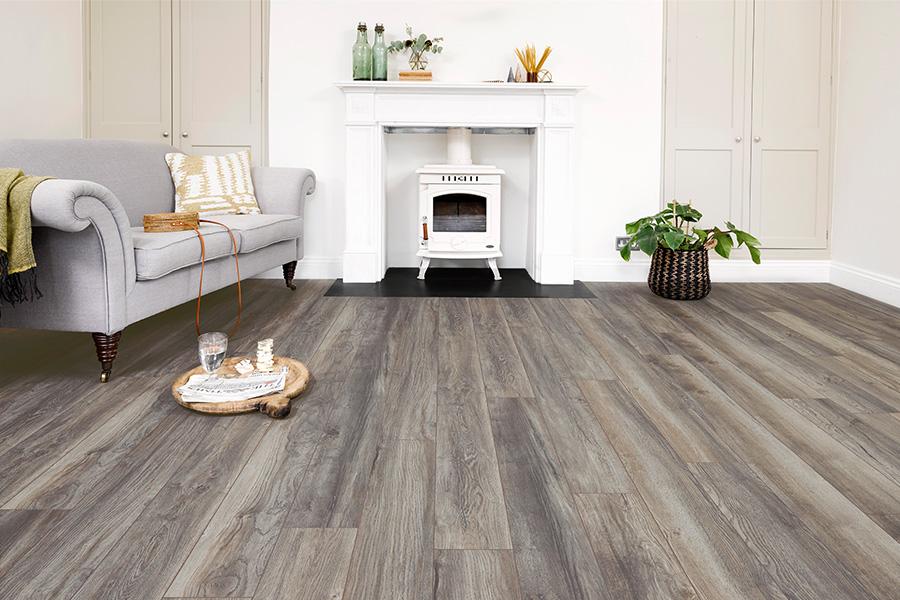If you have ever been in any office building or store – retail or otherwise – you are familiar with those perfect looking floors which are so shiny you can literally see your own face’s reflection in them. “I wonder what type of material they use to get those perfect looking floors which shine like the Sun!” The answer to your question lies in the materials used to make those floors. Since these shiny floors are fast becoming popular in commercial buildings in India, this article will provide vast insights into laminate flooring in India.
Why laminate floors
Laminate floors have many advantages and disadvantages. This section will discuss the laminate flooring pros and cons.The main pros of laminate flooring are that they are fast and easy to install. They are easy to clean and are fairly water and moisture resistant – they will not warp, crack, fade, or tear when exposed to lots of water and moisture. They last for years, look nice, and have great value. The main cons of laminate flooring as they are they may actually be more difficult to install than they claim to be. Additionally, the boards can swell when exposed to lots of water, their material warps easily when exposed to pools of standing water, it is impossible to sand or refinish, it is very slippery, its appearance is not uniform when looked at up close, and it has little to no resale value.
How to install laminate floors
This section will discuss the laminate floor installation and laminate floor installation tips. The laminate floor installation process consists of several steps:
- Make sure that the subfloor is completely clean and smooth
- Lay a plastic sheeting layer to create a barrier of moisture. This layer should be taped two inches above the subfloor with special blue masking tape.
- Calculate the floor planks’ width in the first and last rows. This will allow you to estimate the total area of laminate flooring to be installed.
- Use a tapping block when installing the plank to maintain their integrity. This is the only way you’ll be able to install subsequent planks
- Chop the planks with a woodcutter for a clean cut which will make installing more planks quick and easy
- Drop in the planks together until you are finished.
How do newbies install laminate floors
This section will discuss how to install laminate floors for beginners. A newbie should follow these steps:
- Install the first three planks working from the centre of the wall to the edge.
- Turn the last plank at the end of each row 180 degrees and place its tongue against the previous plank’s tongue.
- Slide the last plank’s end to the wall and place a spacer between it and the wall
- Use the abutting edge of this plank as a reference to mark its cut line.
- Draw a straight line on this plank with a straight edge
- Use a woodcutter to cut this plank with its finished side up.
- Fill the spaces in between the planks with glue
- Assemble all of the remaining planks on the floor
- Use a damp cloth to swab away any excess glue while it is still wet.
- Refer to the manufacturer’s instructions and wait the suggested time period before removing the spacers and installing base shoe moulding
- After all, is said and done, laminate flooring is the better option
After all is said and done, laminate flooring is the better option largely because it is one of the cheaper options when compared with wood or even tile floors. Add in the fact that laminate floors are relatively easy to install, durable, and long-lasting and you begin to understand why many commercial operations choose laminate flooring for their buildings, and many homeowners choose laminate flooring for their homes!






